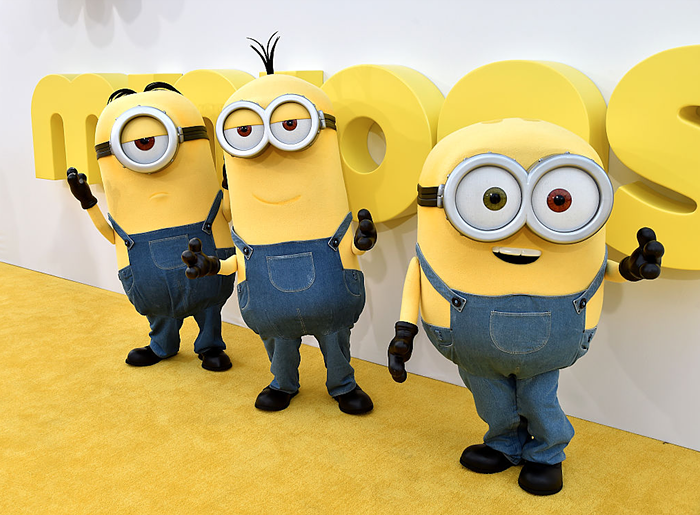C to C: Papercuts by Nikki McClure and Beatrice Coron
Reading Frenzy
Through July 31
Whether through her woodcuts, papercuts, booklets, or song-chanting, Olympian artist Nikki McClure has always been able to channel organic beauty through a method of deceptive simplicity. Her artistic embellishments tend to be simple shapes--lines and swirls, circles and rectangles--yet they fit within each other intricately. The characters she creates are all inherently feminine, with soft features that compliment her curling depictions of smoke, the sea, tree branches, and birds that can only be ravens or nightingales.
Of all her mediums, McClure is most masterful at papercutting. Her hand is steady and must be incredibly small, because she's able to cut through the thinnest strings of paper to make backgrounds more complex than dollies and lace. Because her style is so distinct and pretty, it's hard to imagine her using X-Acto knives to make her art. With McClure, you want to pretend she works surrounded by a thousand pairs of vintage scissors, in different sizes and shades of pink, aqua, and gray, painstakingly folding and cutting with her undoubtedly tiny fingers.
C to C is a collaborative effort between McClure and New York artist Beatrice Coron. Coron is versed in the paper arts as well, primarily working in artistic books and cutting. For some pieces in the show, Coron and McClure cut back and forth, each working a little on a piece and sending it across America to the other to make a long-themed book, although there are solo pieces here, as well. All of the artwork is cut in lightweight black paper, mounted on a filmy white background, and framed.
McClure's work is the more initially striking. From afar, her papercuts look like velvet scarves or embroidery, they're so complex. Birds sweep across cities and mount on powerlines; the sea flows and dances; flowers splash open and spill fragrance. Indeed, though McClure's illustrations are silhouettes, the personality she gives her art makes every piece feel as if it's bursting with motion.
Coron's method is choppier and blockier, with more distinct themes rather than snapshots of livelihood. Juxtaposed with McClure's work, it seems as if it doesn't fit the medium as lightly; as if it's trudging through the paper. Coron's pieces subscribe to a less sophisticated, more traditional method of silhouetting. Instead of using the paper as a medium of communication, Coron seems to merely rely on the black paper to convey its own idea. However, rather than seeming untalented, Coron's heavy hand just makes it seem as if she's less experienced in this method, and with time, she could learn to manipulate her blades in a more distinct voice. Ultimately, however, C to C is a joy and a marvel. The art is accessible and gut-level without sacrificing quality of craft, so pretty and organic.












